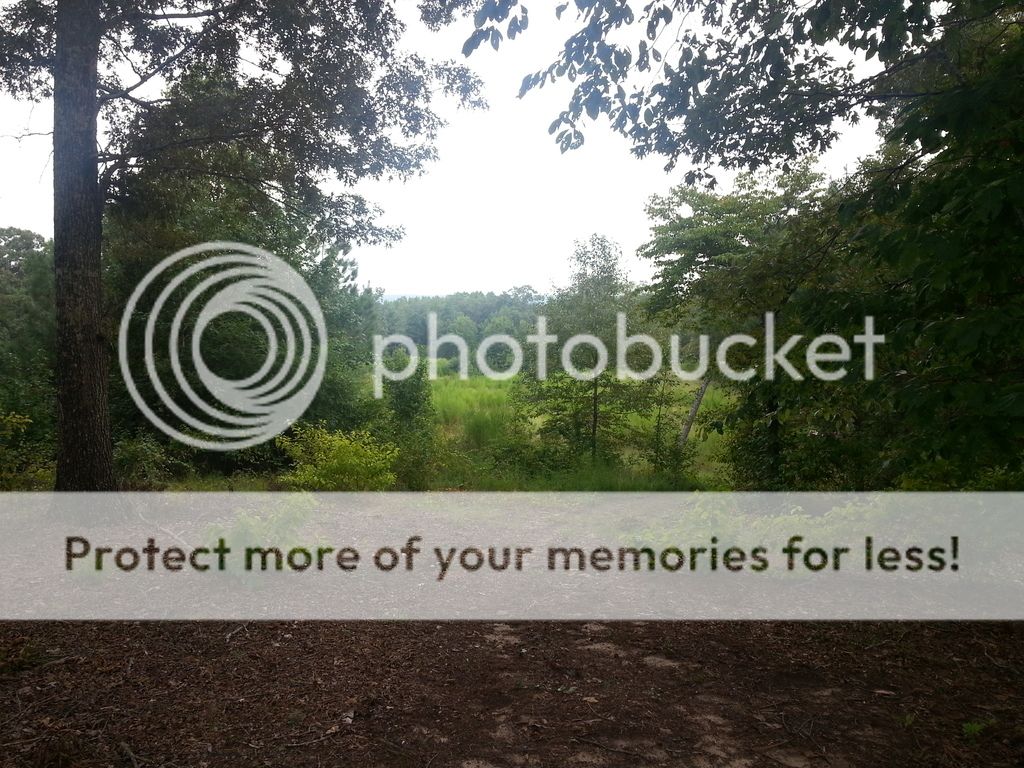catscratch
Well-Known Member
A couple of days ago I was at my dad's place looking around at the various habitat improvements he's done in the last 30yrs. He made the comment that if he knew then, what he knows know, that he would have planted a hell of a lot more sawtooth. In our part of the country they don't seem to spread. We have trees that have been producing acorns for 10 yrs and don't have a single tree growing that we didn't plant.My post was on the sawtooth oak. I was specific and I have invested a good deal of time researching them.
I was not worried when I made the decision because I did read up first. Just is a surprise to hear some say no to the sawtooth because is not native.
I do agree there are plants/trees/shrubs I don't need to plant for me or the fact that my neighbor might be impacted.
Wayne
With that said, I have no guarantee that they don't carry some disease.
Sent from my SM-N910V using Tapatalk








